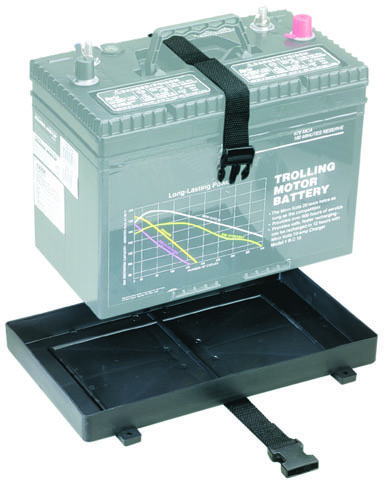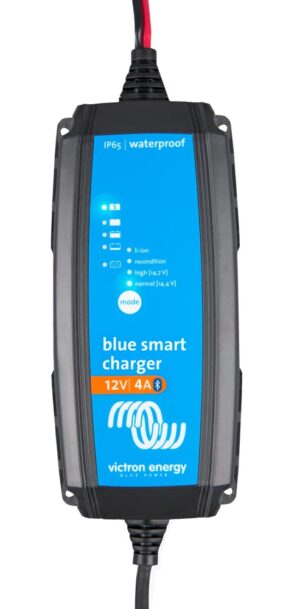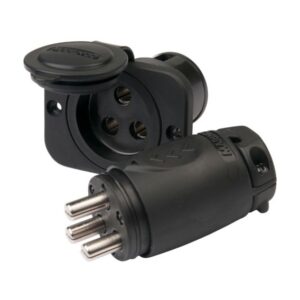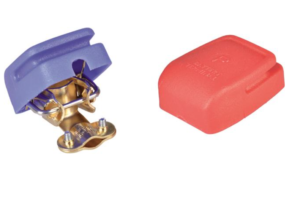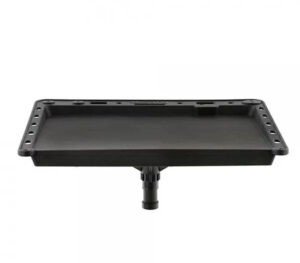Attwood Battery Tray with Strap
Short Description
It fits most 24 Series batteries. Constructed from non-corrosive hi-strength plastic, this battery tray holder measures approximately 11″ wide by 7″ deep by 2″ tall overall. Holds 24 and 24M series batteries.
€15.00 – €18.00
Product Details
Attwood Battery Tray with Strap
A simple-to-install battery holder that fits into a limited space. For batteries up to 10-1/2″ in height. Provides simple installation for changing or replacing batteries. The polypropylene hold-down strap has a positive locking, quick disconnect buckle. Molded base mounts with four #10 panhead screws.
24 Series 7″ L x 11″ W 24/24M
27 Series 12-3/8″ L x 7-1/8″ W 27/27M
How to Install Attwood Battery Hold Down Trays
Attwood Battery Hold Down Trays are designed to be used with standard batteries (24/24M & 27/27M series) including Gould 800 Delco Voyager.
The adjustable-height crossbar holds the battery in place. Mounting holes in the tray make it easy to secure and prevent battery movement. The tray is made of noncorrosive, heavy-duty black plastic. Meets ABYC Standard E-10 and U.S. Coast Guard requirements.
Tools and Materials Needed for Installation
Drill and a suitable drill bit
Eight #10 stainless steel wood/sheet metal pan head screws
Eight #10 stainless steel flat washers
Screwdriver
CAUTION : Battery must be located in a well ventilated area to prevent buildup of explosive gasses. To prevent acid burns, locate in an area away from casual contact.

